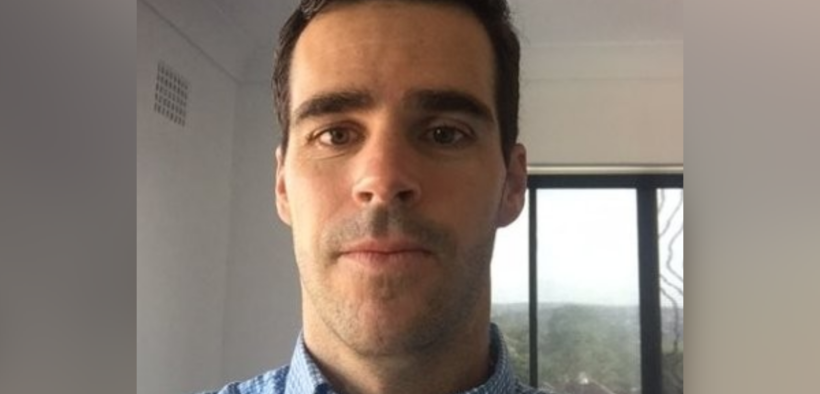Increasing transparency and visibility across procurement processes is a major challenge for many businesses, but now more so for aged care providers.
In Australia, this challenge has quickly grown into a pressing requirement. The sector was recently subject to a Royal Commission investigation, which recommended improvement into its financial accountability, governance, and spend management. Additionally, the 2021-22 Federal Budget has promised $17.7 billion to overhaul the nation’s aged care system.
For HammondCare, one of Australia’s largest aged care providers, implementing a full source-to-pay procurement strategy was the key in meeting the changing needs of the sector.
In this interview, Supply Chain Channel spoke with HammondCare Head of Procurement Aaron Passfield, to take us into the process of how the organisation migrated its business-wide procurement and invoicing systems to the cloud, including the results his team have seen following the implementation.
SCC: What spurred HammondCare to move its procurement and invoicing processes to the cloud?
AP: Our overall strategy is to move all our on-prem applications to the cloud. There’s obviously quite a few benefits that come with that: less infrastructure, maintenance, better security, along the lines of that. Also the ability to scale up at an easy or quick pace.
Our procurement application or our existing one was coming to end of life, so we took the opportunity to move this application into the cloud and we looked for a cloud-based solution.
SCC: In the process of integrating the new system, it seemed to me that you were prepared because it was pretty much successful. From what I can understand, in under six months, right?
AP: We have our own team in-house to look after integrating applications, so that obviously made it a lot easier for us. We’re also coming from an existing platform or system that was integrated so we knew our integration points.
There’s obviously a few different configurations with the new system but also our partner, Valtatech, their lead project manager was very experienced in Basware, which is our incumbent. He knew the background with HammondCare and Basware, and that gave us a good level of comfort knowing that he has an understanding of that and an understanding of Coupa (cloud-based platform for Business Spend Management), and that made integrating a lot easier.
SCC: Can you share other parts of how the experience was in integrating this new platform from Valtatech?
AP: It was pretty straightforward from our side. Our internal team know our environment very well and together with the Valtatech team, they were able to work together very easily and get it done in a short period as well, like you said, it was around six months.
SCC: So far, has the cost-saving efficiency or cost-saving outcomes been more than the cost of the platform?
AP: Not to this point. I’d say our return will come later in the year. If we’re planning it out, it would be the 12-month term is where we’ll get our return-on-investment. We also have a few modules that we’re still rolling out, and they’re key modules to drive that return.
SCC: Were there any pain points that you experienced in rolling it out? Are there any remaining issues?
AP: Pain points — I mean, every project has their pain points. There was no particular…we came from a good starting point — we didn’t come from a paper-based starting point. User training was that much easier, the integration side was obviously a little bit easier. [In] cleaning up the data, we had to just have to go on with clean data. That’s never easy, no matter if you were coming from a paper base, so there was quite a bit of work put in there.
Understanding the operational processes was quite straightforward [since] the Valtatech team was very experienced. They help you through that, in understanding the operational processes and how that can adapt into the Coupa system or the new system, so it was very helpful. But overall there was no standout pain point and such. I think it was just a very well-ran project and successful project.
Other remaining issues? There’s always going to be teething issues and we are working through those. When I say that, it’s always very hard to get a system that can adapt to your process, so you have to mould them around the solution. And that’s where it’s important to find a solution that best fits your business and it would be less to mould.
There’s obviously operational changes that we’ve had to take on. Good as well because we’re more compliant in some areas like supplier onboarding. We now have a supply portal where our supplier — we’re an arm-length’s away and we don’t have access to that information. The suppliers have the sole login there and they access all their account details, they can submit invoices, and they get all the great features from the portal. So that was a bit of a change for us and a change for suppliers in managing them.
Apart from that, there’s always a few issues here and there — it’s never going to run smoothly. When you engage with so many different suppliers, so many different suppliers have all their different format of invoicing as well, it can get pretty challenging at times.
SCC: How did your suppliers adjust to this?
AP: We send out a lot of comms. We have a public-facing page of our webpage to guide suppliers on how to use Coupa, set their expectations if they want to be a supplier to HammondCare, so they understand from the very start what’s required.
A lot of them were quite happy with it. I, myself, was quite surprised a little bit. The fact that so many have their own ERP or quickbooks or MYOB, you would think that they wouldn’t want to go on the supply portal and upload their invoice manually or do a PO Flip or something because they have their processes. But I was quite surprised, the uptake has been very large.
The Coupa features make it very simple to use. Once you receive the PO, you do a PO Flip from an invoice, so that means all you have to do is put your invoice number in and date, and it just sends it straight back to the Coupa and [then] comes into invoices and it goes straight into approval. Payment is processed a lot quicker because there’s no delaying getting invoices in through a scanning service or something like that.
SCC: What first steps can you share to procurement professionals within the sector who are preparing to transform their source-to-pay processes or preparing to integrate cloud-based systems?
AP: The first thing I would suggest to do is look at your policies and governance around processes, if they’re clear and well-defined. That’s the key starting point. And then looking for a solution or system that fits the business.
It may be more important to some businesses that they have an expense module first or just an invoicing accounts payable module first, and then grow to doing purchases orders or any other features. So it’s important to find a solution that fits the business today and also has the capability of scaling up and is modular, so you can grow into the system, and you don’t have to go through this process again in a short period of time.


















































Follow us on social media